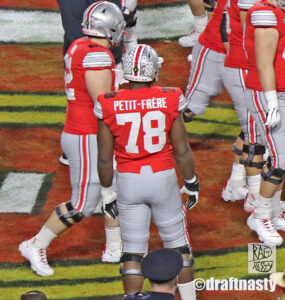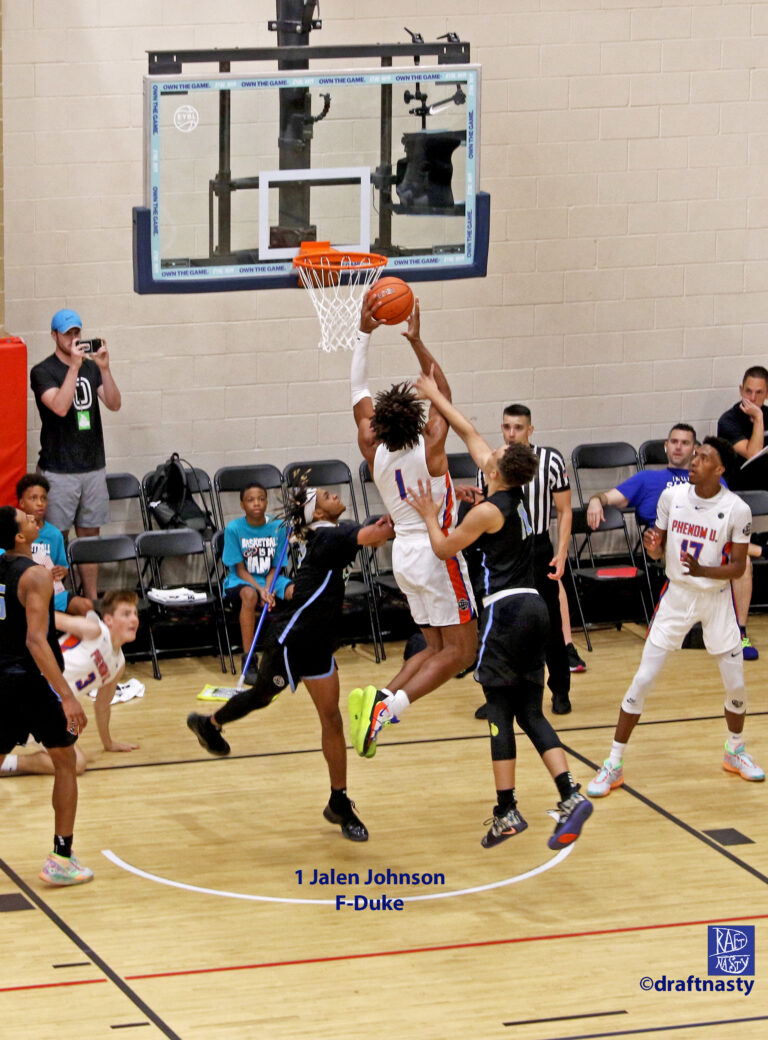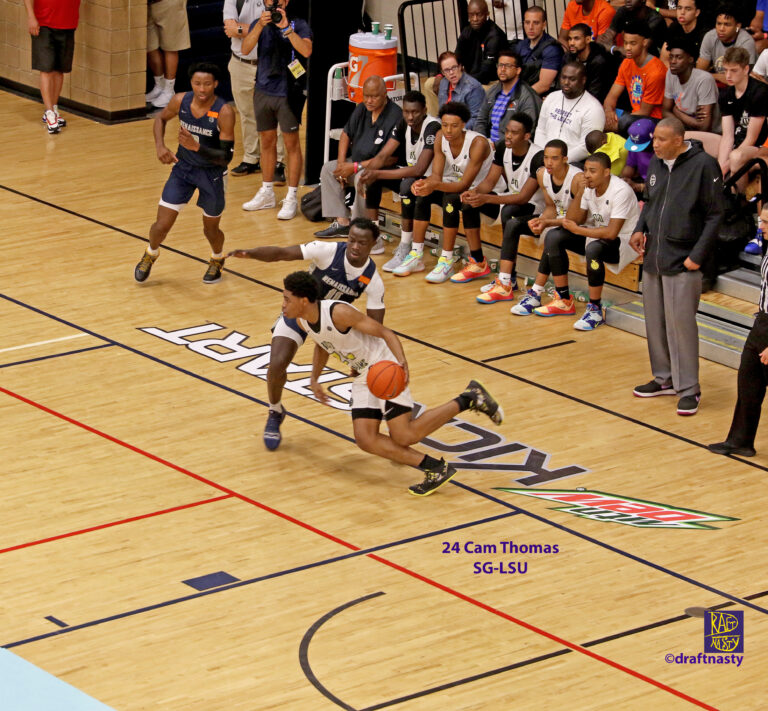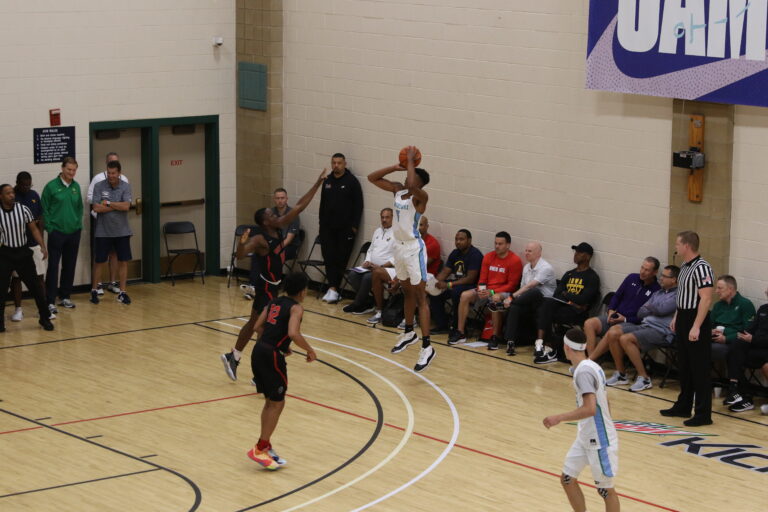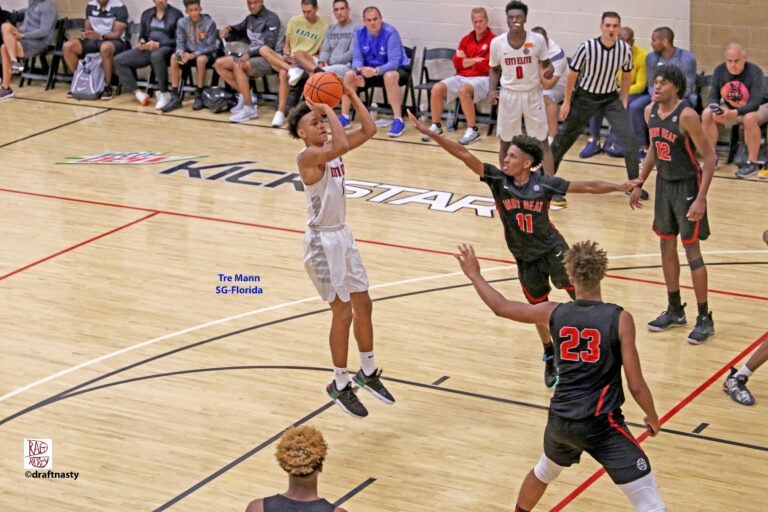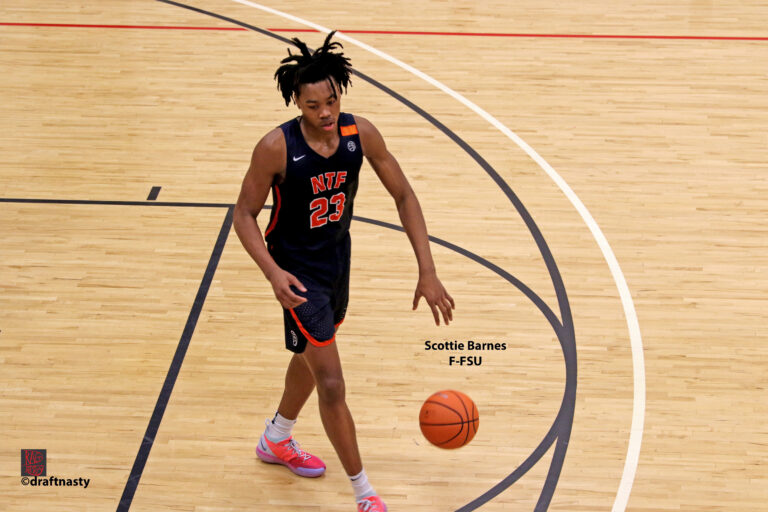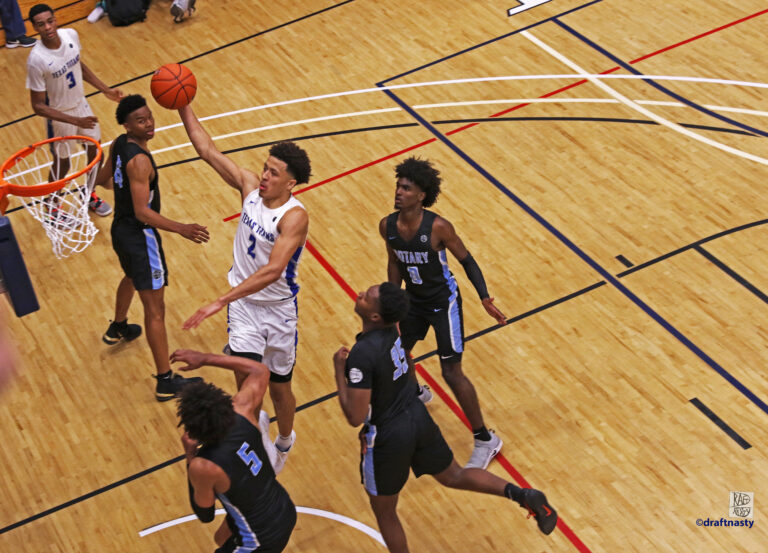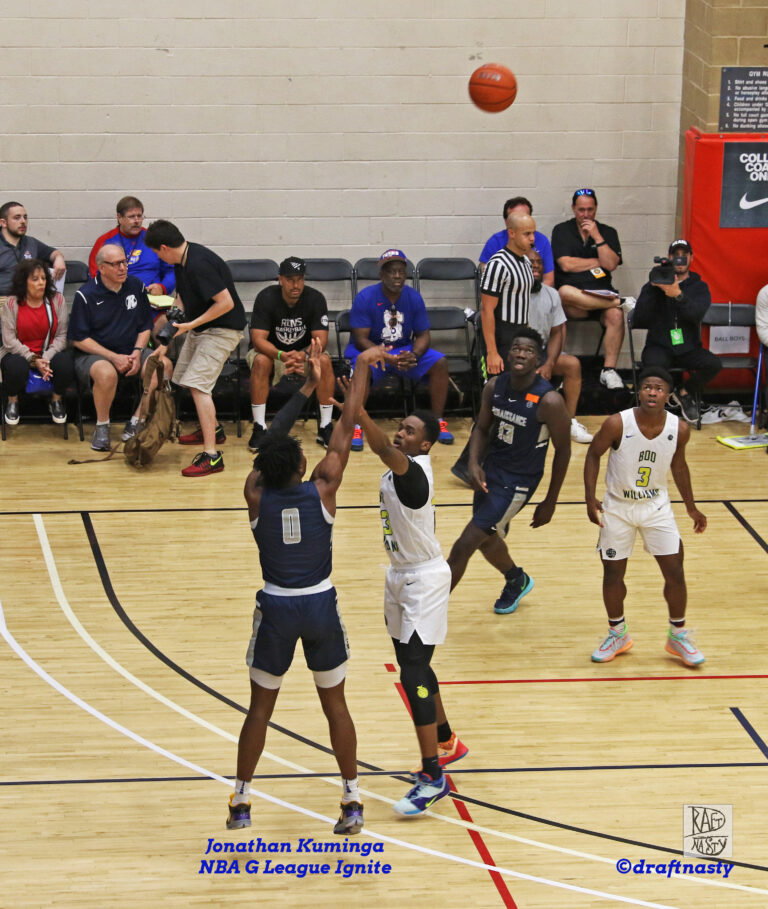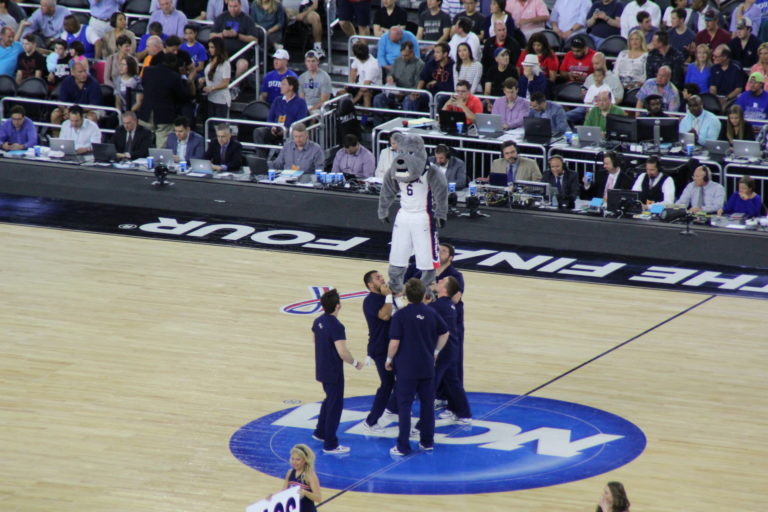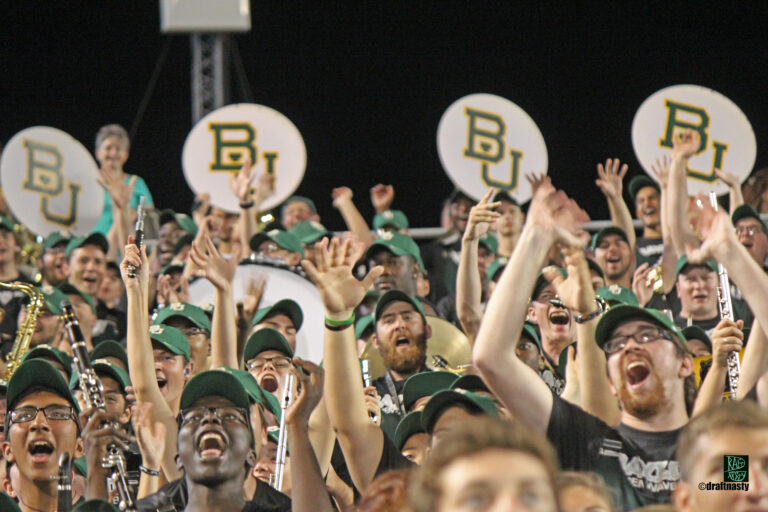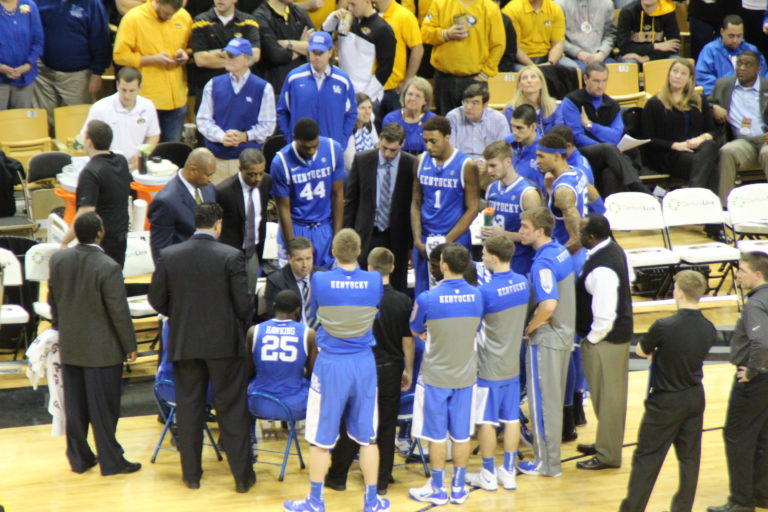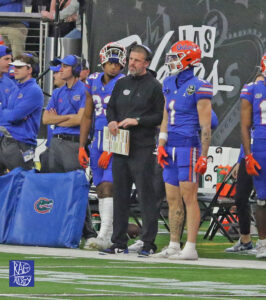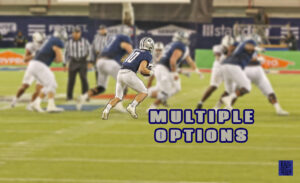Johnson, despite playing in just 13 games for the Blue Devils in 2020-21, remains a viable Top 15 prospect in...
2021
LSU's Cam Thomas ended this past season as the nation's fourth-leading scorer at 23 points per game. He has a...
If you're looking for someone to pull for in the 2021 NBA Draft, please stop at former NBA G League...
Mann, a former four-star recruit, took a huge leap from his freshman to sophomore season and earned first-team All-SEC honors...
After a sparkling 2021 NBA Combine performance athletically, FSU's Scottie Barnes re-affirmed his status as one of the most versatile...
Cunningham could become Oklahoma State’s first No. 1 overall selection in the 2021 NBA Draft. The school has had just...
Kuminga, who was once ranked as the one of the top prospects in the 2021 recruiting cycle, reclassified to the...
Once the 2021 NCAA Tournament bracket was released on Sunday, millions of people made their picks. Some made their picks...
Last month, DraftNasty's Troy Jefferson presented a model, which was supposed to be a guide to choosing a champion in...
A blue blood is someone who is wealthy and powerful. In terms of college basketball, the phrase describes programs that...
